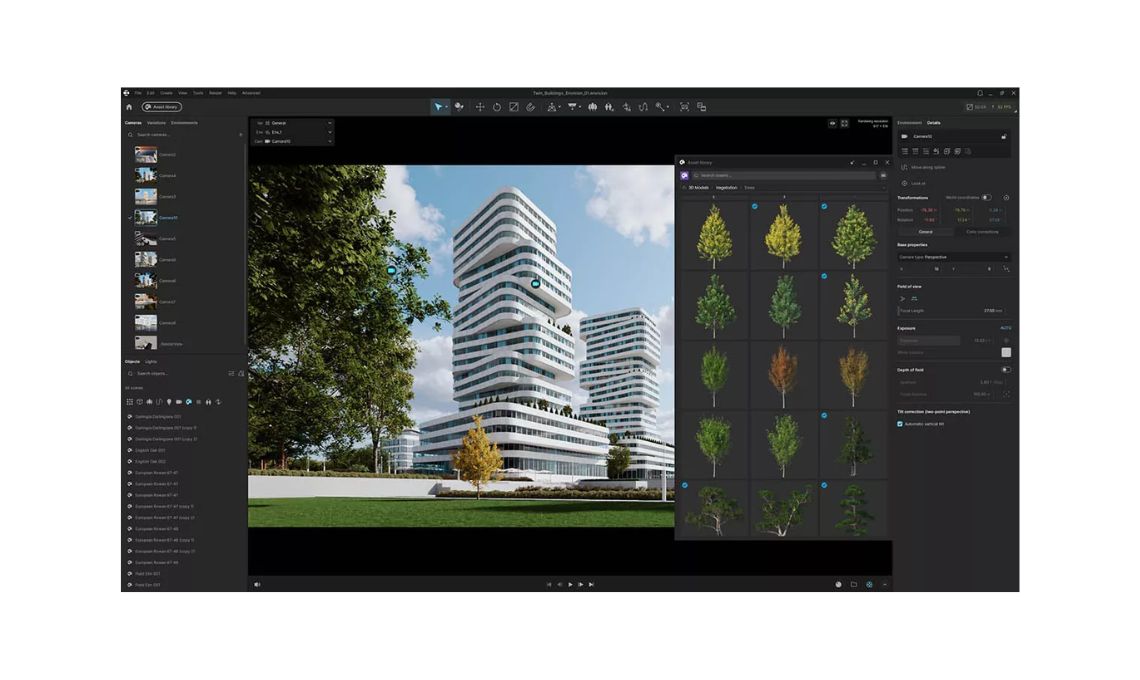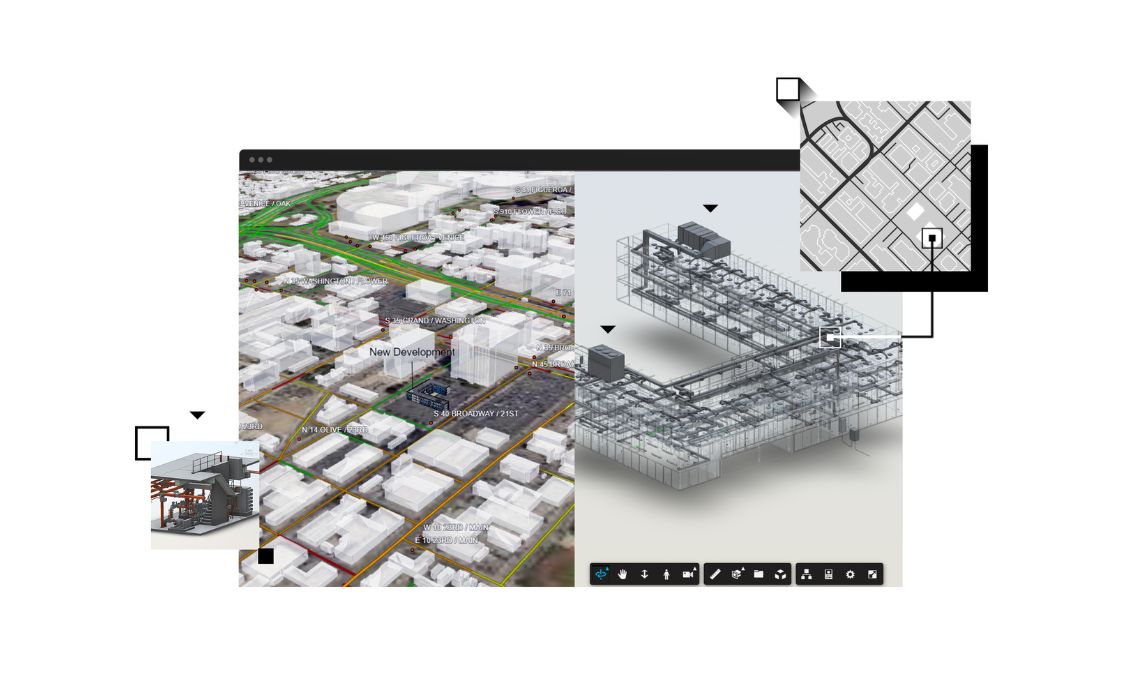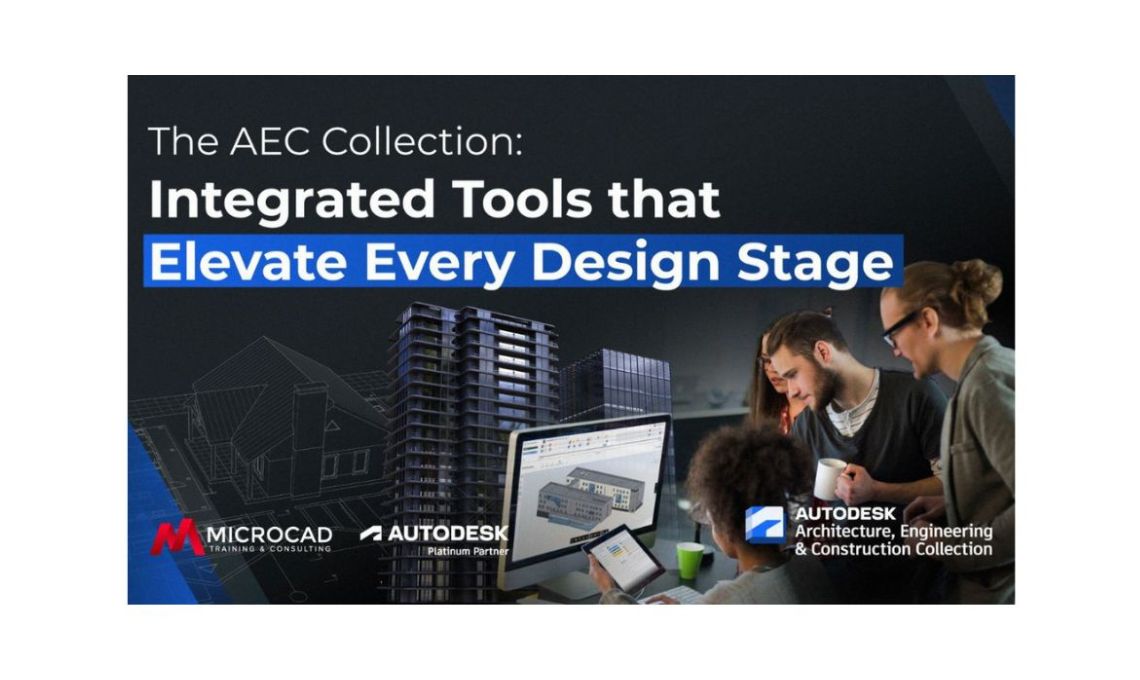Picture designing a scene where light moves naturally across materials and every object feels connected to its surroundings, as if it were built by hand.
That experience is now within reach with Chaos Envision. More than rendering, it’s a powerful evolution in visualization that blends artistic freedom with smart, AI-driven performance.
A Smarter Way to Visualize
Version 1.3 of Envision is not just another software update. It’s a significant leap forward in how designers, architects, and visualization professionals can bring their ideas to life. The integration of AI capabilities with an expanded library of smart assets marks a clear shift toward automation that feels creative rather than mechanical.
Instead of spending hours adjusting lighting, fine-tuning materials, or importing external models, users now have access to a optimized environment where many of those repetitive tasks are intelligently handled by the software. The result? More time to focus on composition, storytelling, and the emotional impact of the scene.
A Library That Feels Endless
One of the most exciting updates in Envision 1.3 is the expansion of its asset library. With over 5,000 new 3D models, users can now populate their projects with lifelike people, detailed vegetation, and furniture that looks and feels authentic. These assets aren’t just static objects. They’re optimized for performance and realism, so scenes remain fluid and responsive even as complexity increases.
The assets are also integrated into the unified Chaos Cosmos library, allowing for intuitive browsing and consistent results across different Chaos applications. If you’re building an interior, exterior, or urban environment, finding the right asset feels more like exploring a creative palette than managing a technical database.
AI That Understands Design Intent
The real power of Envision 1.3 lies in its intelligent features. The AI material generator can create realistic surfaces directly from photos, interpreting textures, reflections, and lighting behavior in ways that previously required manual input. Imagine snapping a photo of a concrete wall or wooden floor and having Envision automatically generate a fully editable, high-resolution material ready to apply.
Beyond materials, the AI enhancer controls give users new levels of precision. Adjusting sharpness, lighting intensity, and visual balance is now faster and more intuitive. It’s not about replacing human judgment but enhancing it, giving creators the tools to refine details with minimal effort and maximum visual fidelity.
Designed for Flow and Precision
Chaos has also made workflow refinements that make a noticeable difference in day-to-day use. The improved snapping system simplifies the placement of assets, helping users align and arrange objects with a sense of physical realism. Features like animated water surfaces and coordinate toggles allow for richer scenes and better control of environmental context.
Exporting projects is also smoother than ever. If you’re rendering stills, animations, or interactive experiences, the export options have been refined for compatibility and consistency across different platforms. It’s a system designed to move with your creative process, not against it.
Realism That Tells a Story
Envision 1.3 isn’t only about sharper renders or denser asset libraries. It’s about storytelling through realism. The combination of AI-generated materials, smart lighting, and responsive assets brings projects to life in a way that feels dynamic and emotionally engaging.
For architectural visualization, this means more than just presenting a design. It’s about conveying atmosphere, scale, and human experience. The subtle ripple of animated water, the way light filters through a tree canopy, or the realistic wear on a stone surface can all help communicate the essence of a project.
In that sense, Envision 1.3 blurs the line between design and narrative visualization. It empowers professionals to not just show their work but immerse clients and audiences in it.
The Future of Visualization
As AI continues to evolve, tools like Envision 1.3 represent a major step toward collaborative creativity between humans and machines. Rather than automating the artistic process, AI in this context acts as an enabler, simplifying complex tasks, enhancing precision, and helping users achieve higher levels of realism with less manual effort.
This new approach to visualization doesn’t aim to replace expertise; it amplifies it. By understanding context, interpreting textures, and automating secondary details, Envision 1.3 allows creators to focus on what matters most: design intent and visual storytelling.
Why It Matters
For architects, designers, and 3D artists, Envision 1.3 isn’t just an upgrade. It’s an opportunity to rethink their entire workflow. The blend of AI intelligence and human creativity redefines what’s possible within visualization. From rapid prototyping to final presentations, every phase of the process benefits from this smoother, smarter environment.
More importantly, it brings accessibility and efficiency to professional visualization without sacrificing artistic control. If you’re visualizing a new urban development or designing an interior space, Envision 1.3 gives you the freedom to build, experiment, and refine without friction.







